Meizu released on October 10 a new blue Charm Blue – Charm Blue E. The new name means that this is a new Meizu product line. The price also jumped to 1299, becoming the highest end in the Charm Blue model. , So Charm Blue E can hold up the title of Charm Blue flagship?
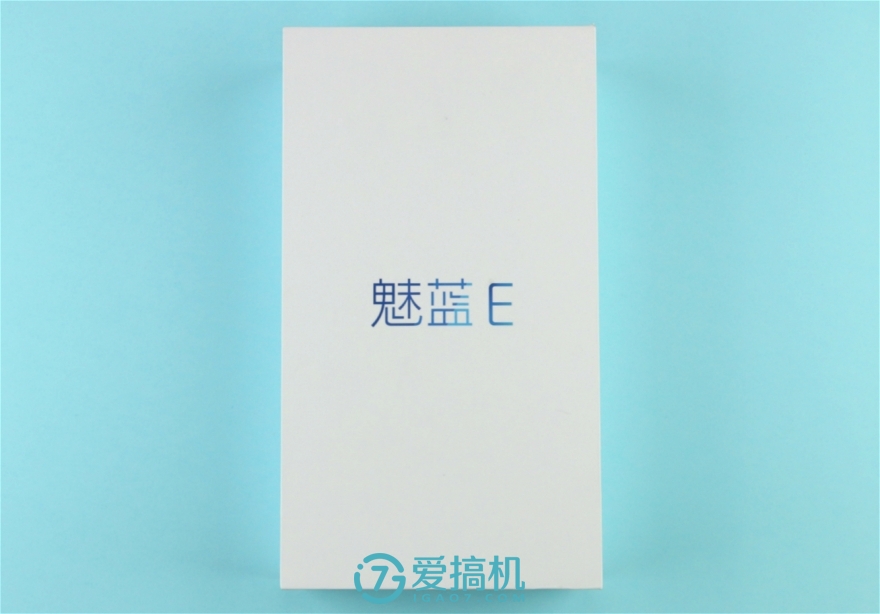
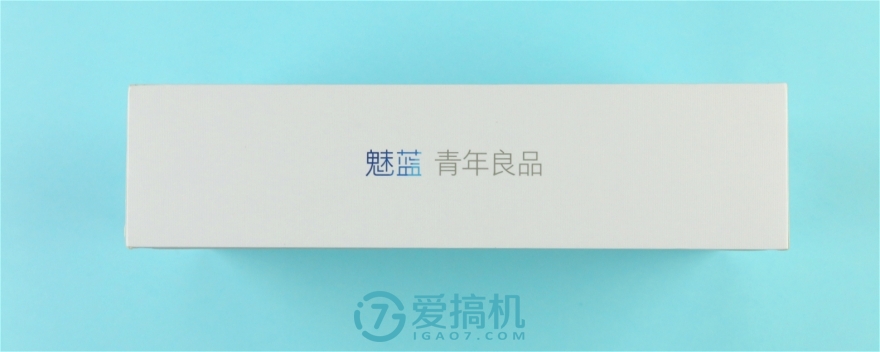
The packaging is still Meizu's style, with only the words “Charm Blue E†on the front, and the slogan of Charm Blue on the side: the youth is good and the whole is very concise.
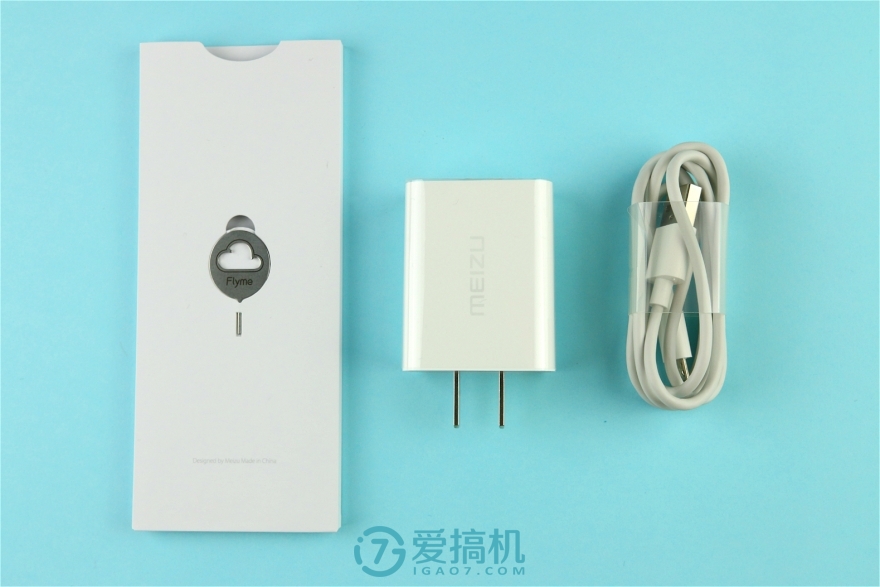
Accessories include card pins, manuals, chargers, and data cables. Headphones are not equipped.

Charm Blue E original charger model for the UP0920, the output is 5V/2A or 9V/2A, although the power has shrunk slightly, but it can be regarded as Meizu propaganda mCharge.
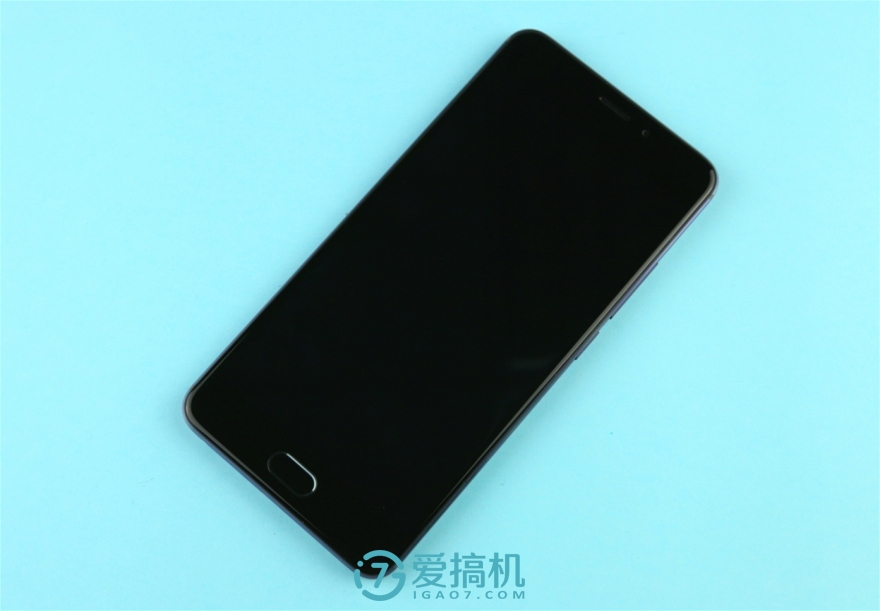

Appearance inherited all the elements of the Meizu, but in the case of various manufacturers are now a pair of cheeks, the appearance of Charm Blue E Tucao is also a plus 3 is the back ham.
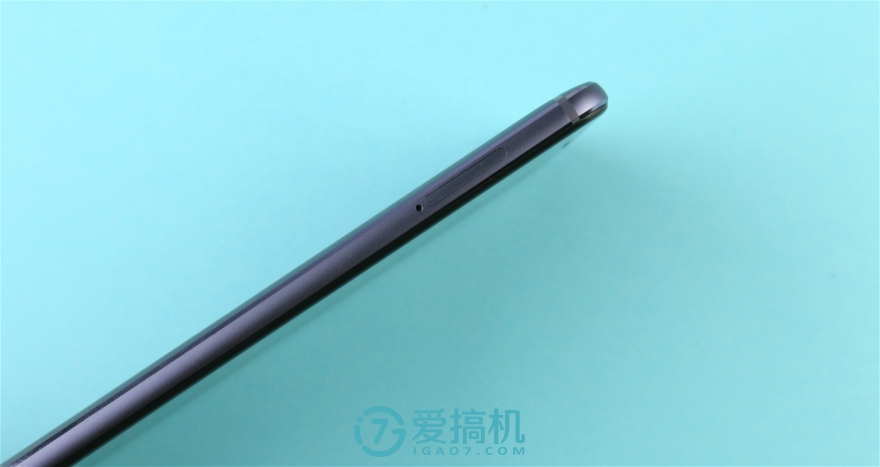
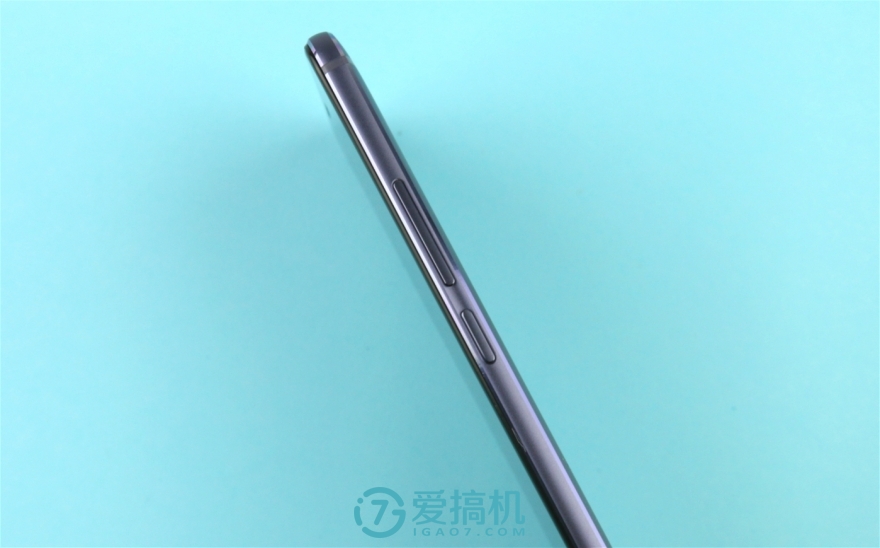
On the left is the slot section, and on the right is the volume and power buttons.
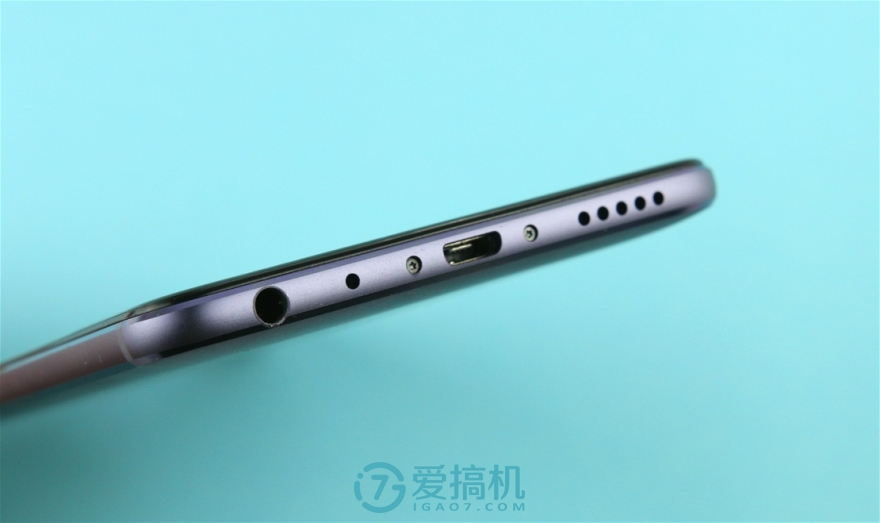
The bottom layout is still the volume hole, microphone, microUSB interface and speakers.
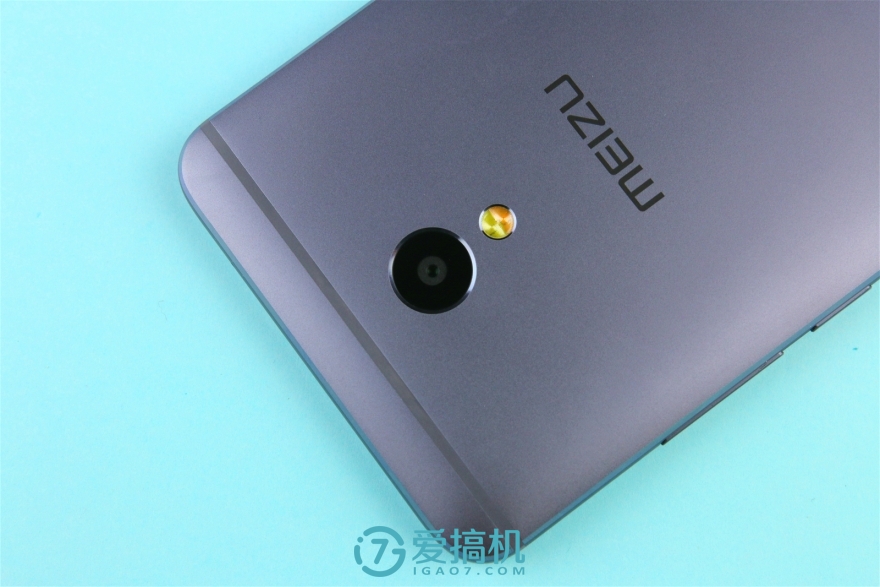
The Meizu used the IMX258 for the first time on the camera and the bi-color temperature flash below.
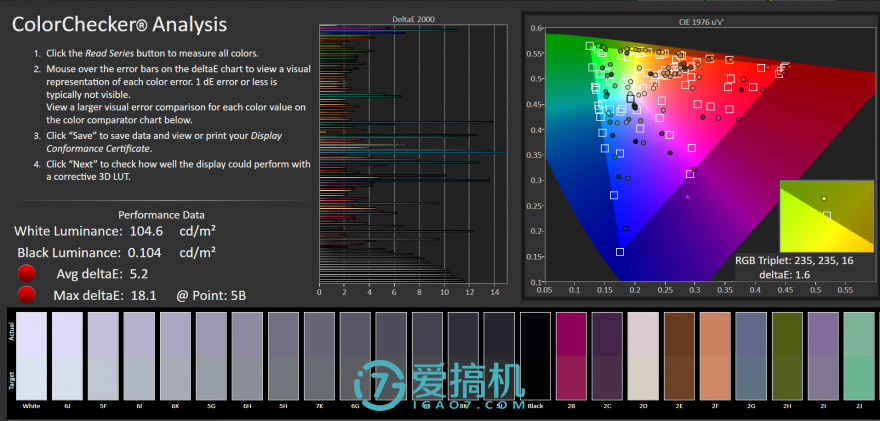
Charm Blue E uses a 5.5-inch 1080P IPS screen, the official claim that the maximum brightness of 450 nits. Using the software to test this screen, the highest manual brightness was measured at 415 nits, the contrast ratio was 1001:1, and the color temperature was 7700K. This is a cool screen that Meizu has always preferred. In terms of color accuracy, the 104-color average Delta E is 5.2, and the maximum Delta E even goes to 18.1. The color gamut covers 95.5% sRGB. In general, the Charm Blue E has a good color gamut and poor color accuracy. Its color accuracy is below the average even in the thousand Yuan machine.
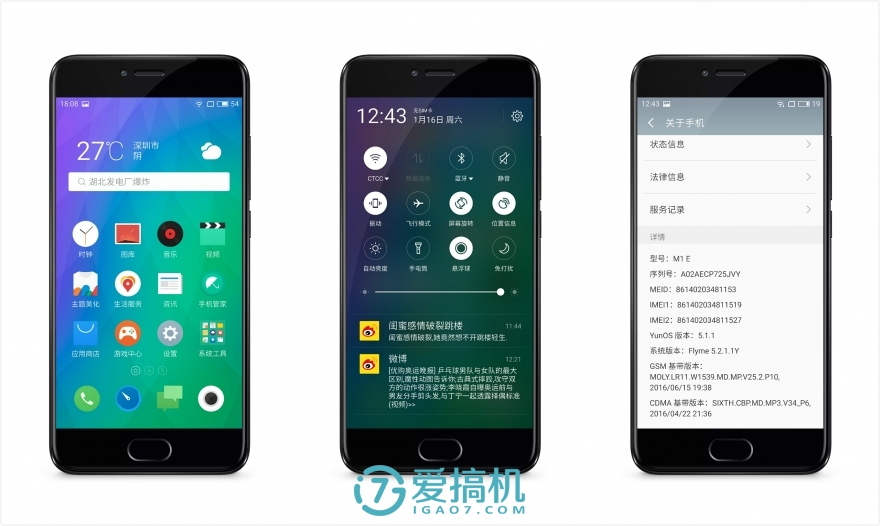
Since Ali's investment in Meizu, YunOS's shipments of Meizu have certainly been burdened with a lot, so this time, Charm Blue E uses Yunyo's Flyme, with YunOS version 5.1.1 and Flyme 5.2.1.1Y. UI and the system everyone is familiar with, Charm Blue E this time did not add any new features, easy to get started, coupled with the Meizu family face, sometimes wondering whether the use of the hand is the charm blue E, or charm blue Note3, or charm blue metal?
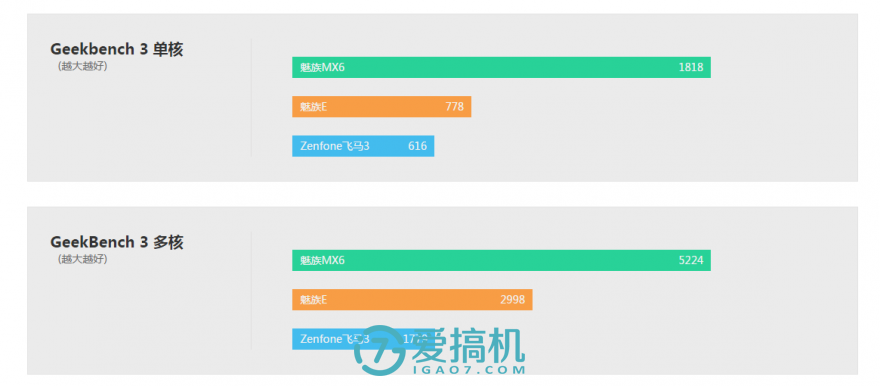
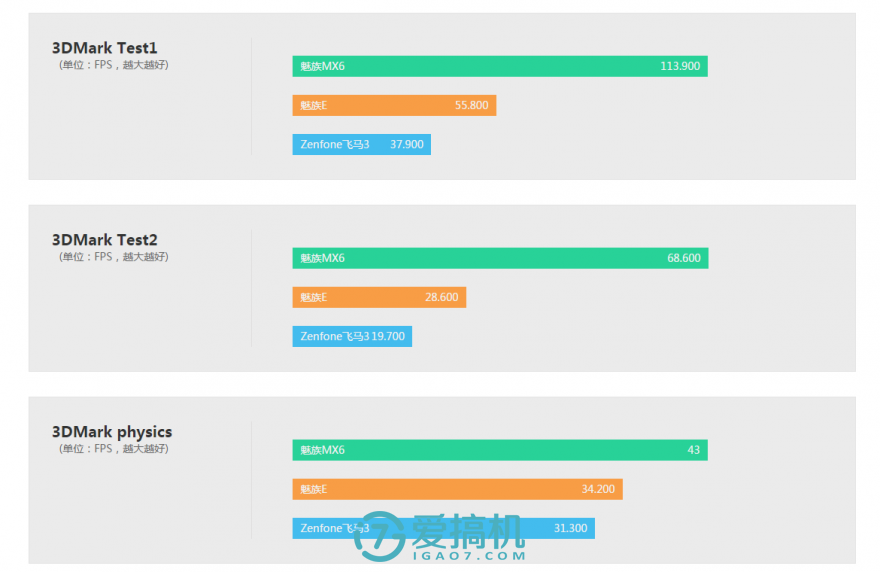
In terms of performance, the SoC of Charm Blue E is Mediatek's Helio P10 (1.8GHz A53x4+1.0GHz A53x4) with 3GB of LPDDR3 memory. Comparing running scores, the Pegasus 3 using Helio X20's MX6 and MT6737, and P10 The performance of this processor is not far from the previous MT6753. The result of running is basically half that of X20, and 6737 with 4 cores is between Bo Zhong. Compared to machines with the same price range, this "core" of Charm Blue E is a bit weak.
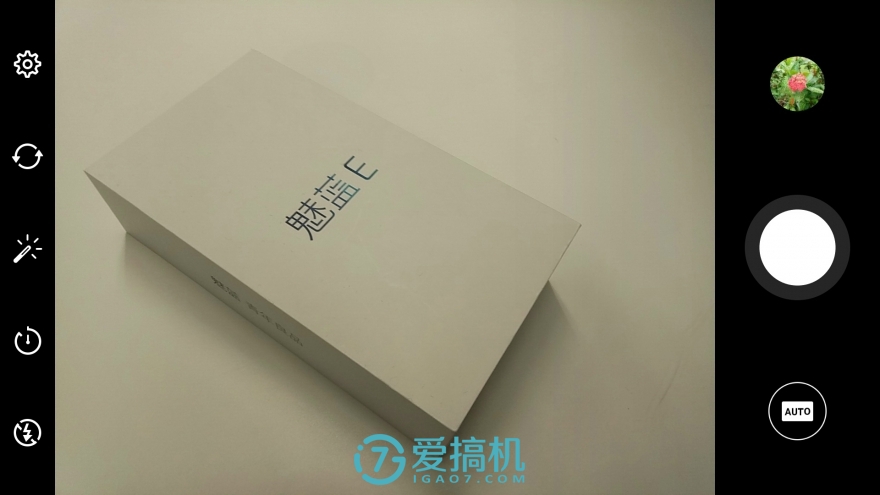
Meizu used the IMX258 sensor for the first time on the Charm Blue E, with 13 million pixels, Æ’/2.2 aperture, and five-piece lenses, while the IMX258 made its debut in the Xiaomi 4c. Meizu used this for almost a year later. How much progress can the sensor make? On the camera interface, the Charm Blue E is still consistent with Meizu's other machines, limited by the hardware performance. The speed of the Charm Blue E is not fast, but the Meizu tricks make the transition through the animation, allowing the user to feel that the photographing process is still very smooth. .
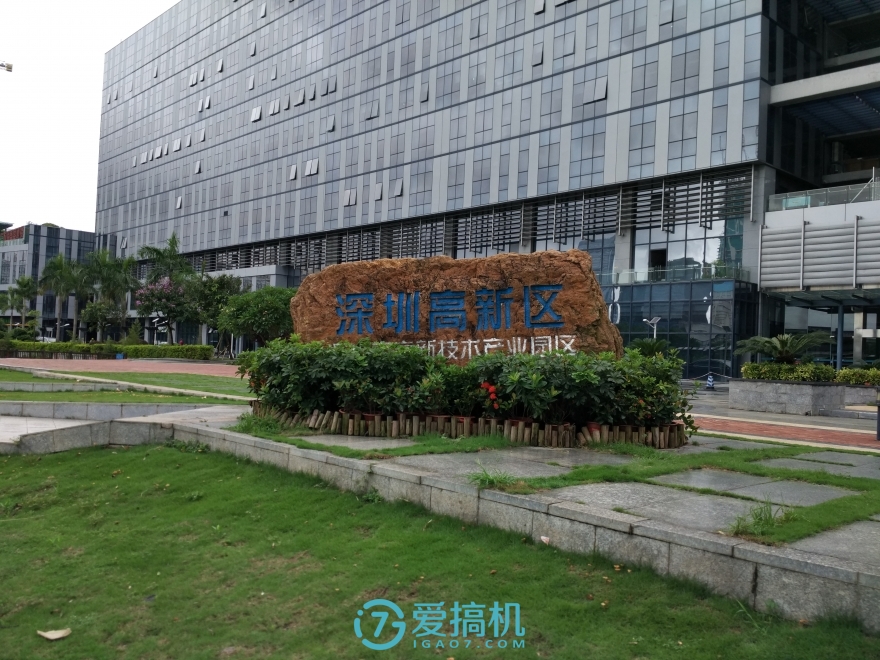
(Millet 4c photo proofs)
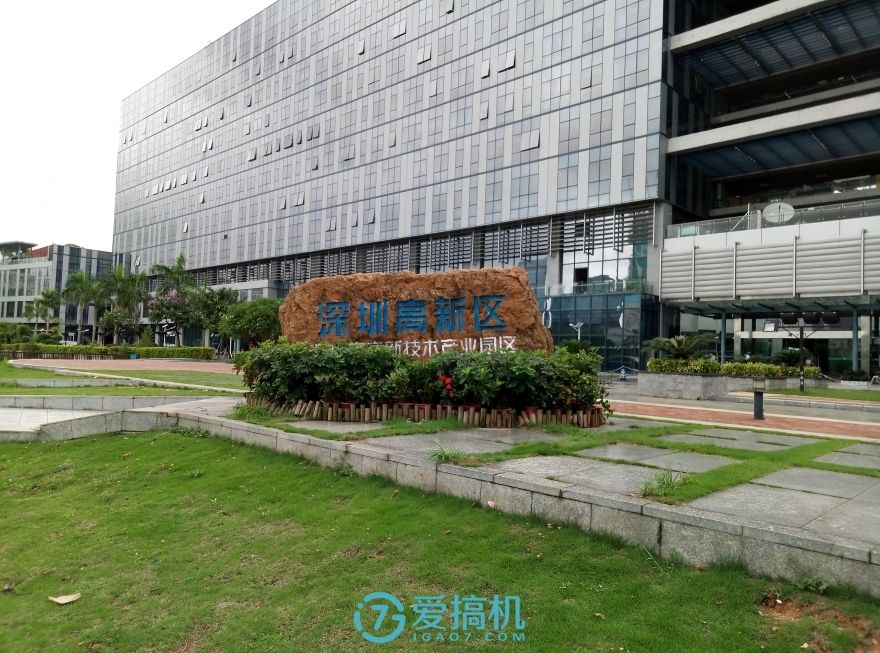
(Charm Blue E photo proofs)
In this set of proofs, you can see the wide-angle lens of Charm Blue E, so you can capture more pictures. Charm Blue E performed well on white balance, except for a slightly higher brightness, compared with the red and green saturation of Xiaomi 4c.
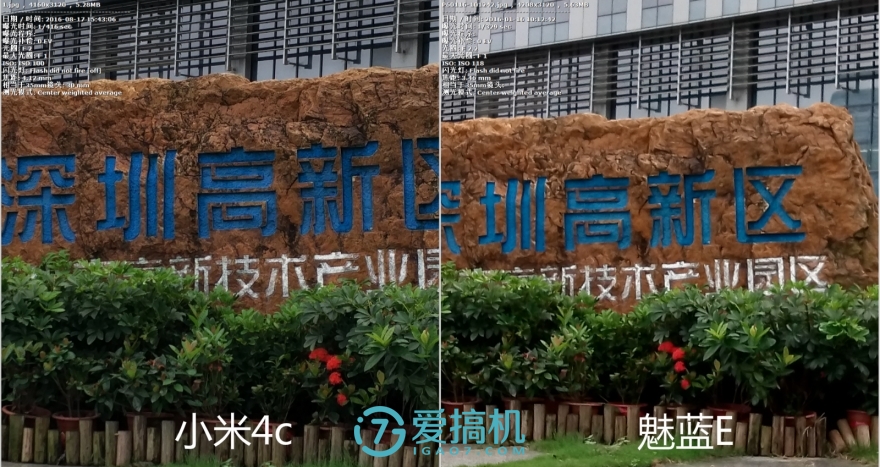
However, after the amplification of the proofs, it can be clearly seen that the 4c ​​resolution power is better than the Charm Blue E. Even with the same sensor, the difference between Charm Blue E is quite obvious.
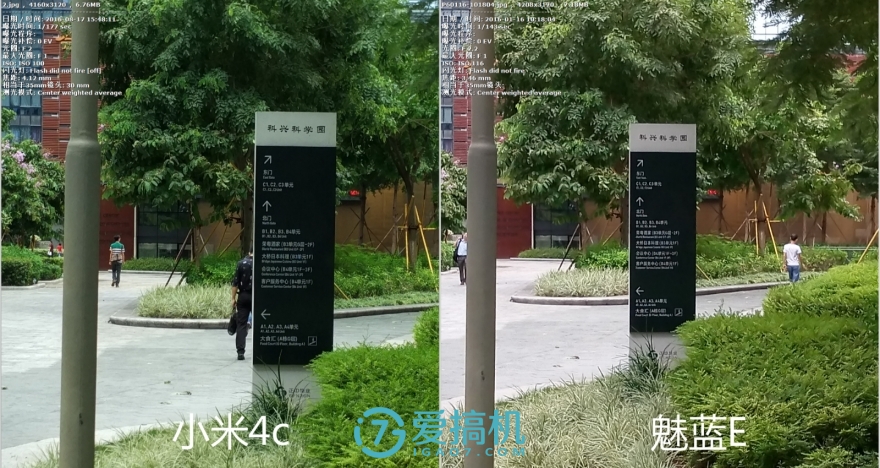
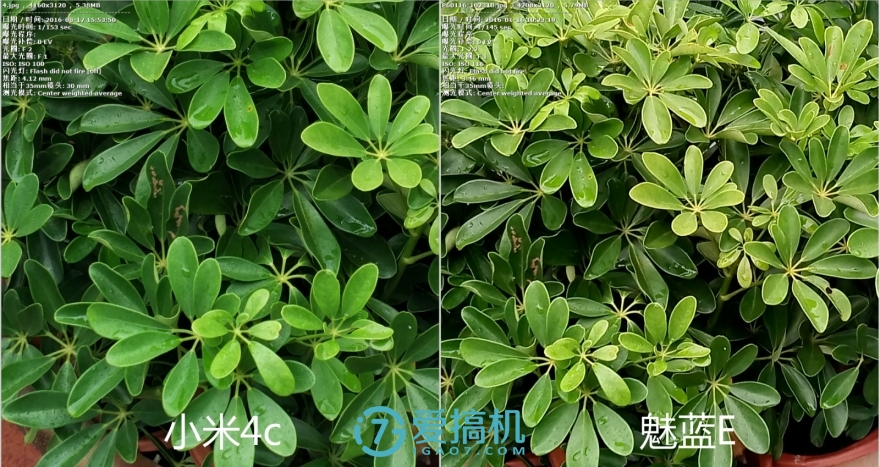
In other daytime proofs, the same is true. Charm Blue E performed better on white balance, and Xiaomi 4c won victory on Charm Blue E in terms of power of analysis.
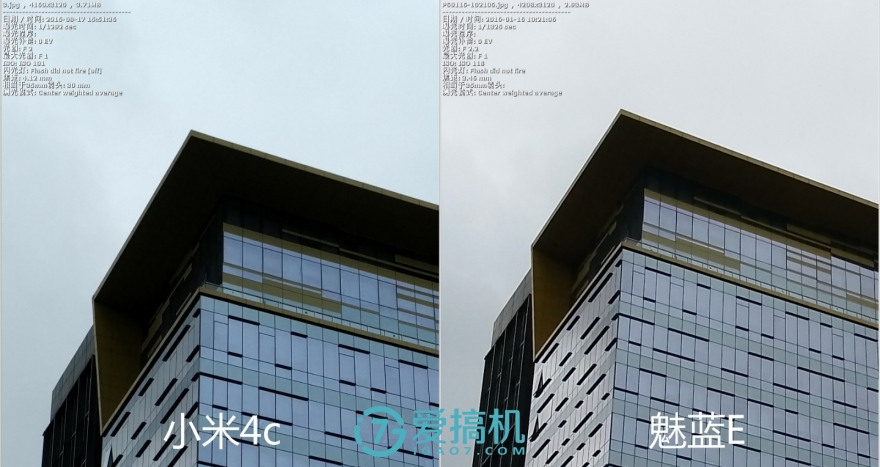
Using the Charm Blue E camera, the white balance is a bit surprising. In this set of proofs, it was well restored that the sky was overcast and rainy. Millet 4c was directly pan-blue, and it was a rare piece that was slightly inferior to Xiaomi 4c in terms of resolution.
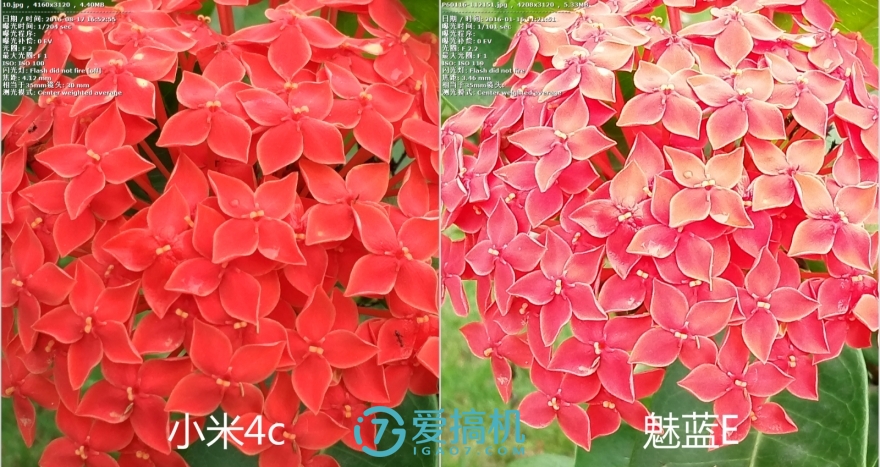
This group of macro proofs, proofs of Charm Blue E's whitening, 4c's are as high as the red-green saturation is, and the brightness is lower, but the 4c ​​overall restores the actual petals, and it is also more appealing to the human eye.
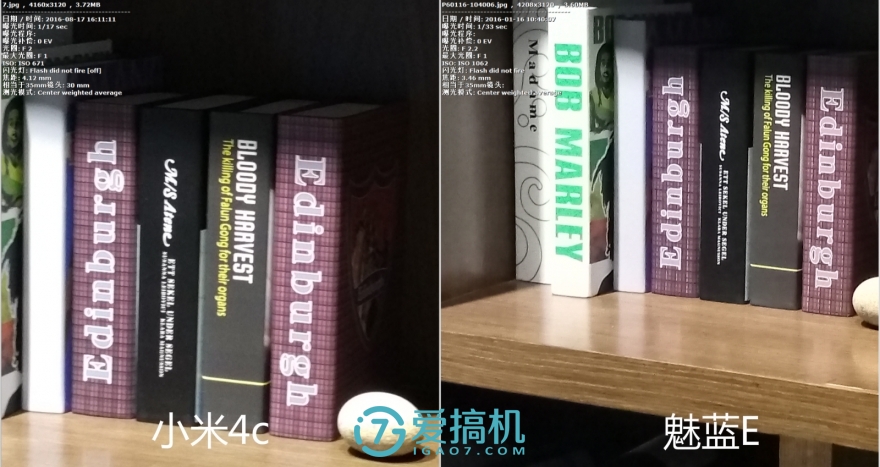
Switch to the indoor proofs, both the charm blue E and the millet 4c will pull the brightness, the light from the warm yellow directly into the white, this time the charm blue E unexpectedly in the analysis of power over the millet 4c once .
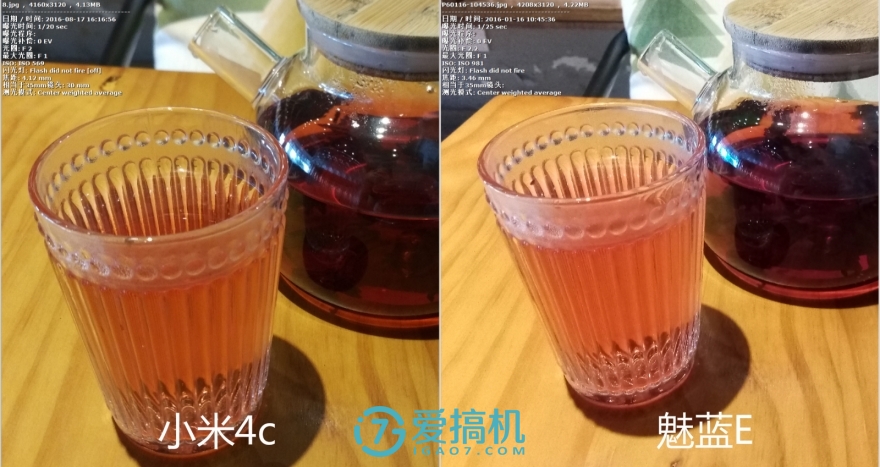
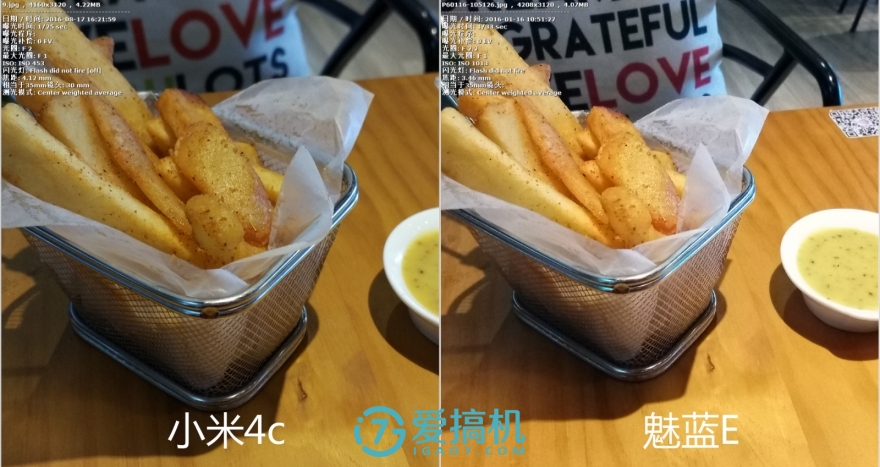
Shooting food proofs, under the same scene millet 4c brightness is dark, Charm Blue E is bright, but Charm Blue E is a good way to restore the original color of the food, such as the cup of light red tea and golden French fries, In addition to the details, these two sets of proofs can be even closer to the iPhone 6s.
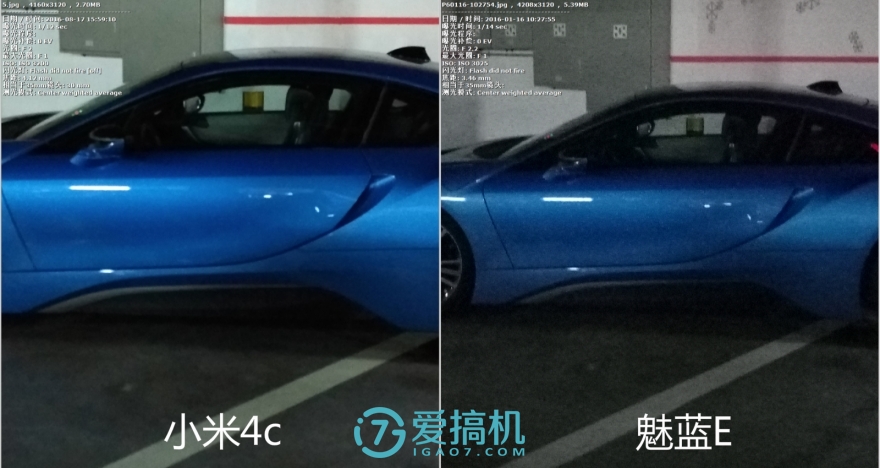
In the dark light environment, the proof of Charm Blue E can only be said to be terrible, not only has no advantage in terms of white balance, but it is completely different in terms of resolution and analysis, noise control is also more moving, and Sao-blue car bodies have been dull and dark blue. Colored.

The other group of comparative demos was even worse. The good browns turned dark gray, the bright red of the taillights and wheels became dark red, and the central logo of the hub had a new look, let alone The words on the body are blurry and the noise is piled up. In the same scene, Xiaomi 4c occasionally triggers the night scene mode, but there is no change in Charm Blue E, and it is unclear how the Meizu engineers handled the low-light environment. Considering that the Blue Charm E in our hands belongs to the evaluation prototype, we hope to improve the performance of low-light during the subsequent sales.
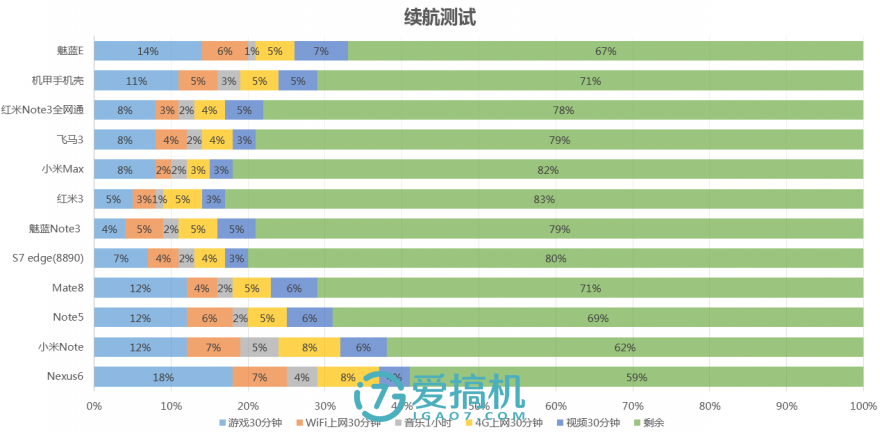
For a three-hour battery life test, the remaining 67% of the power of the Charm Blue E, in terms of the combination of the P10+3100mAh battery, was somewhat unexpected. The games and videos where the power consumption is slightly abnormal are only part of the evaluation model. The occurrence of small bugs is also normal. The final sales machine should be optimized.
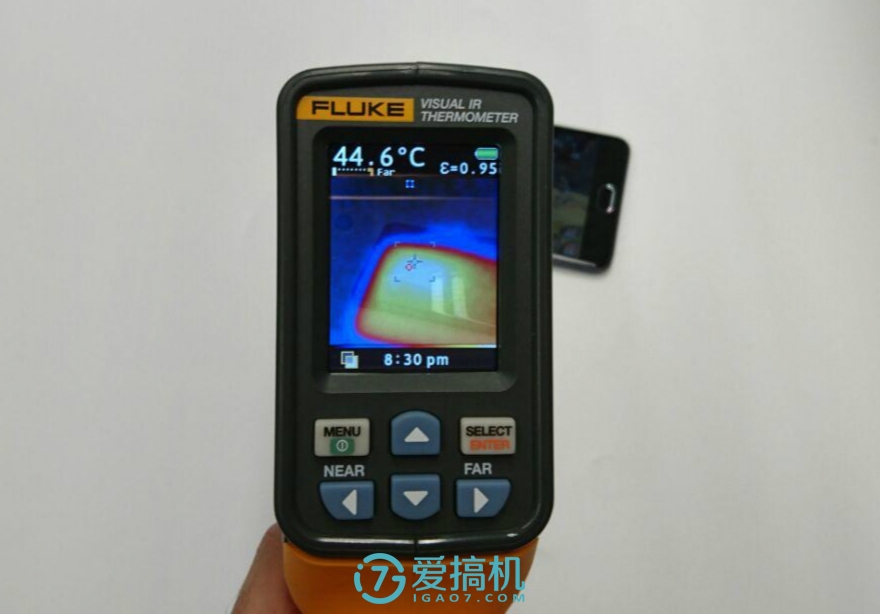
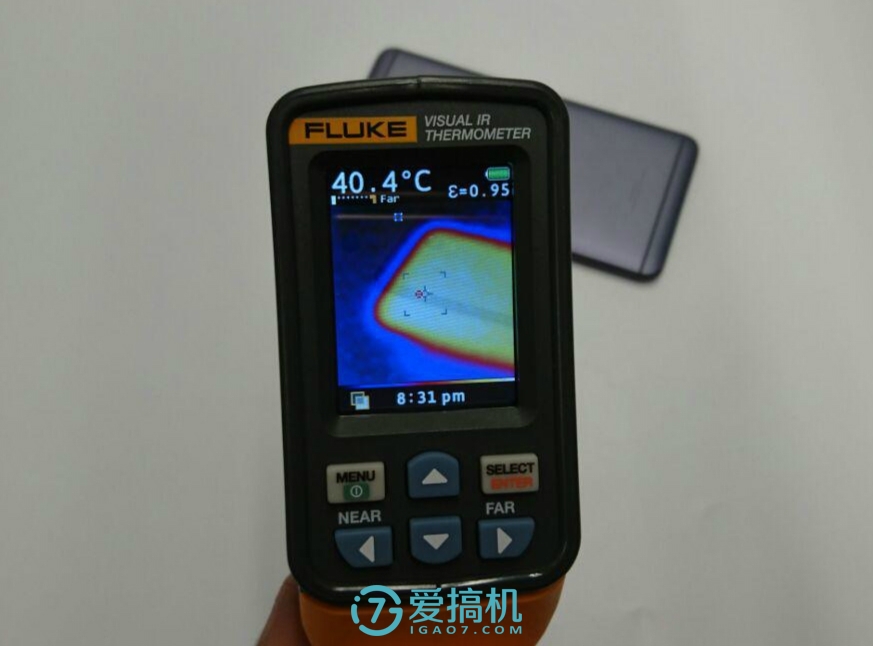
After playing the game for half an hour, the maximum temperature was 44.6 degrees on the front and 40.4 degrees on the back. This kind of temperature control was fairly decent and actually felt warm in the hands and not very hot.
As the most expensive model in Charm Blue series, Charm Blue E can't really play the role of "flagship" when it comes to configuration alone. When you actually experience Charm Blue E, Meizu will exercise on the higher-end MX or Pro series. The design of the 2.5D glass with a metal body can make people feel that it is not a thousand Yuan machine on hand, while the decentralization fast charge to the Charm Blue series, compared to the hardware is limited by the cost increase, these details Instead, it allows users to get a better experience when they use it. If you want to choose a favorite in the charm blue machine, I suggest to the Meizu offline experience shop to play with the charm blue E, charm blue note3 and charm blue metal, personal experience 1299 worth it.